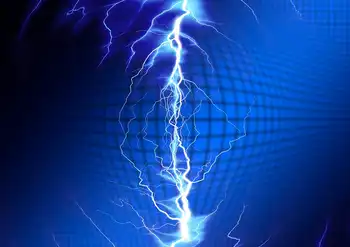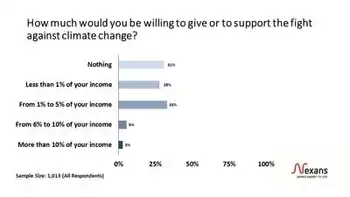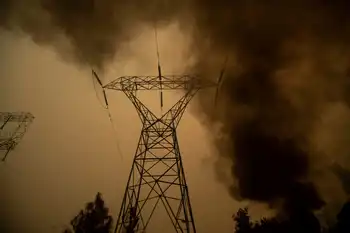Japanese solar eyes Chinese threat
By Reuters
Substation Relay Protection Training
Our customized live online or in‑person group training can be delivered to your staff at your location.

- Live Online
- 12 hours Instructor-led
- Group Training Available
Asias biggest economy is the worlds thirdlargest market for solar energy, and state support for the sector has attracted investments from among the regions biggest solar firms.
Chinas Suntech Power is the fourthlargest supplier of solar PV systems in Japan — a market that is forecast to more than double in two years.
Homegrown electronics firms such as Kyocera and Sharp Corp are under pressure to come up with the most efficient solar PV systems, while cutting costs to defend market share.
The headway being made by overseas firms, notably Chinabased PV manufacturers, into Japan is striking and is a threat to incumbents, said Macquarie analyst Damian Thong.
With Japanmade panels selling for as much as $2 per watt, among the most expensive in the region, Chinese companies can undercut their rivals products by more than 10 percent.
Japanese companies also face competition from Taiwanese firms such as Motech Industries and South Koreas LS Industrial System, which have set up in Japan.
Top Japanese PV makers Kyocera and Sanyo should be best placed to fend off the mounting external threat as both make crystalline silicon PV, the kind of solar panel manufactured by their Chinese rivals.
Kyocera comes closest to matching Chinese PV companies on cost because of its vertical integration, Mitsubishi UFJ Securities analyst Akihiko Uchino said, referring to the companys ability to produce the essential ingots and wafers that go into making solar PV systems.
Many Japanese PV firms like Sanyo hold superior technology and have an advantage over Chinese rivals, he said.
But while Japanesemade PV systems carry a price premium over Chinese solar PV panels, due to their superior efficiency and design, the technology gap between the products is closing fast.
The main objective for firms such as Kyocera and Sanyo would be to differentiate themselves through technology... but they will still need to move fast as Chinas solar PV firms are also investing in technology upgrades, said Thong.
Chinese solar cell maker Canadian Solar, which sealed a distribution deal for residential PV systems in Japan in January, aims for an 18.5 percent conversion efficiency on its monocrystalline wafers. Another Chinese firm, Trina Solar, believes it can reach an efficiency of up to 18.8 percent for wafers it plans to commercialize by the fourth quarter.
Those compare with Sanyos most advanced module, the HIT BK200, which has a 19.7 percent cell conversion efficiency and module efficiency of 17 percent, Macquarie said.
Conversion efficiency refers to the amount of sunlight a solar cell captures and converts into electricity. A percentage point increase in efficiency could boost the selling price of solar products by 6 percent, Macquarie said.
Solar is a high growth business for Japanese makers of panels and cells, though it represents a small portion of total revenue.
Sharp and Sanyo both posted a 10 percent rise in revenue at their solar businesses in the first nine months of the last fiscal year, while most other divisions saw revenues fall.
They attributed the growth to strong local solar use, thanks to about 70 billion yen US $745 million in state subsidies for solar installations in the fiscal years 2008 to 2011.
Japan also launched a feedin tariff scheme which allowed residential solar users to sell excess power back to the grid.
The government started paying subsidies for household use in January last year, helping reverse the previous downtrend in demand, said Masaaki Kameda, public relations manager at the Japan Photovoltaic Energy Association.
Japan is expected to remain among this years largest markets for PV systems, with demand seen doubling to nearly 1,000 MW, enough power for about 300,000 Japanese households.
The strong demand should benefit most Japanese solar makers such as Mitsubishi Electric and Kaneka, though competition will be tough. Other solar makers include Mitsubishi Heavy Industries, Showa Shell Sekiyu and Fuji Electric Holdings.
Japanese PV system installers including Yamada Denki and builders of homes with solar panels such as Sekisui Chemical should also benefit.
We now see a Vshaped recovery and that makes the Japanese market attractive, in particular to newcomers from abroad, said Kameda.











